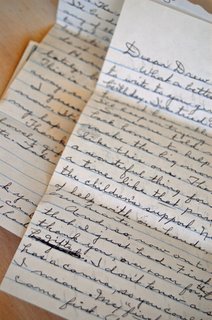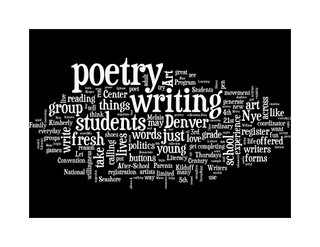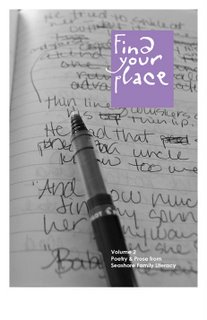Simon & Garfunkel sang its praises and Ode magazine devoted an entire issue to its value. As an introvert who has learned to turn ‘on’ when required, I’ve always felt most at home in quiet.Last week, as I made a mad dash to attend the Pacific Northwest Writers Association Conference in Seattle (Prizes and Surprises! For all the juicy details, click on Poetry at right) I was reminded of the solace that silence brings.
Mad dash, in this case, meant a two-hour drive to a small airport that took me to a bigger airport that took me to an even bigger airport.
It had been a full week with a houseful of loving, enthusiastic family who were visiting the Oregon Coast for the first time. Our happy band enjoyed a full week of lighthouses, beaches, kayaks, forests, bayfronts, sea lions and starfish.
In the midst of all the fun, I got a bout of the stomach flu and spent 24 hours queasy and weak.
By the time I raced to attend the conference, I was spent. When you live a quiet life — as I now realize I clearly do — it’s not obvious until you experience unquiet.
I often rail that our (the collective our meaning, I suppose, everyone else and sometimes me) fascination with connection has made us chatty but no more connected. Cell phones, email, and yes, even blogs like this, contribute to the white noise of our lives. We’re all talk and not much listen. We’re screaming to be heard.
But when no one listens, the noise level must increase until the racket is just normal. When we are — miraculously — faced with silence, fear takes the place of noise. We don’t know what to do with our minds, so full of banter and chatter. We feel a need to fill the space and so we reach for the ipod, turn to the computer, turn up the tv. It’s too much to hear our own still voice.
And what a loss, this quiet erased.
How did silence become so scary? I’m tempted to say this is a generational issue but that’s too easy a dismissal and inaccurate, too. I know many people my age, and older, who feel edgy in the empty spaces.
Of course, silence is far from empty. Even the quiet is alive with sound — hums and buzzes prevail. Nature, so seemingly serene, is — when you really listen — bursting with sound.
In silence — when the mind is quiet, receptive and at rest — words rise, songs take shape, paintings form. Inspiration is surely rooted in quiet, in a willingness to be, not do.
I am lucky. I have always considered quiet an ally. Just as a cell phone needs a battery charge to take the next call, I need quiet to replenish my mind and body. I need the equilibrium silence provides.
And so, my two-hour drive to the airport was wonderfully silent. No radio or cd. No cell phone. No last-minute plans and worries. I crawled into silence and clung to its comfort.
When I arrived, my head was clear, my body rested, and my enthusiasm restored. Even my voice, when I spoke again, was hesitant and thin, as if it too had needed the rest.
Talk less. Listen more. I’ve always appreciated the sentiment but today I appreciate it even more. When we value the restorative power of silence, we don’t see the adage as an admonition but as a coveted invitation.
 I’m not a fan of the memoir. All that disclosure. All that self-absorbed recall. In this age of tell-all and tell it well, my tastes seem woefully out of step.
I’m not a fan of the memoir. All that disclosure. All that self-absorbed recall. In this age of tell-all and tell it well, my tastes seem woefully out of step.









